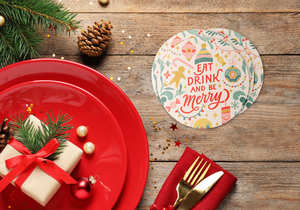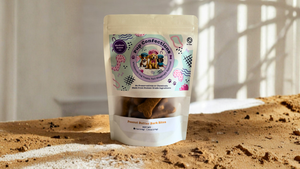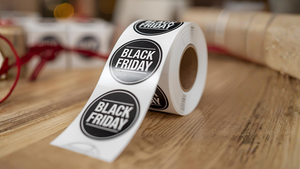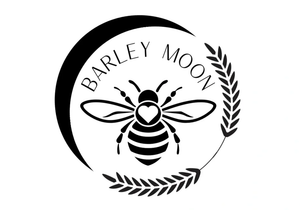5 Ways to Get Your Patients in the Door and On Time

“Does a year from now work?” For anyone who schedules patient appointments, you know that most people don’t know what they are doing next week, let alone in a year. However, a busy practice has limited appointments available, and getting people booked is important to both patient retention and the overall health of the practice.
Unfortunately, when booking patients so far out, they are likely to forget and in turn, miss their appointment. So, what can we do to ensure patients walk through the door on time? We have a few ideas.
1. Phone Calls
Phone calls may not seem like the best way to reach patients. After all, 80% of Americans don’t answer calls from unknown numbers. They do listen to voicemail though.
Give your patients a call two weeks out to remind them about their upcoming appointment and again the day before. If they don’t answer, leave a message!
Phone calls give patients an easy way to confirm their appointment or remind them to reschedule.
Depending on the size of your practice, calling all of your patients may not be feasible. In this case, there are a number of patient reminder and scheduling systems out there to do it for you. Many even offer optimized call scheduling to improve your odds of reaching patients at the right time.
Phone calls may not be for everyone but don’t dismiss them as a strategy.
2. Text & Email Reminders
A Phreesia survey of 14,000 patients found that the majority of people prefer to receive reminders about their appointment by text.

Texts are short, to the point, and patients can confirm the appointment without having to speak to anyone -- a plus for many.
Send text messages immediately after the appointment has been set so the patient can add it to their calendar and then three days before the appointment date. It’s important to keep these messages short as no one wants to scroll through a long message about their medical appointment.

Along with text messages, emails are an easy reminder solution and as shown above, preferred by 21% of patients. The best part about email reminders is you can include information beyond the appointment date and time to help your patients make it in. Consider the following:
- Forms Needed
- Insurance Card Reminders
- Appointment Instructions
- Parking Information
Email does suffer from the same spam problem as phone calls, however, so make sure you are keeping track of your opens.
3. Peel-Off Appointment Cards
Before the days of email and texting, there were appointment cards. The receptionist or medical assistant would write down the date of your appointment, hand you the card, and you’d put it in your pocket or purse never to be seen again.
Not anymore. Appointment cards have evolved and for the many people out there who prefer paper calendars and day planners over digital, we have the solution.

Peel-off appointment cards allow you to write the appointment date on the sticker. The patient can then remove the sticker and add it directly to their calendar or day planner.
Appointment cards can also act as business cards so don’t hesitate to add information like the Doctor’s name, office address, phone number, and more.
4. Calendar Magnets
Everyone loves free things. We love when the dentist gives us a new toothbrush, when the pediatrician hands out a lollipop, and when the dermatologist gives us a new lotion sample. What do these things have to do with patient reminders?
You can also give your patients something that reminds them of their appointment AND makes them feel like they got something for free -- calendar magnets.

Calendar magnets are great marketing tools. Your patients visit their fridge every day and what do they see when they go to open it? Your brand.
Calendar magnets are especially useful for annual medical appointments. Leave space at the top where you can write the time and date of their appointment. The patient gets a calendar they can put right on their fridge, and a daily reminder of their appointment date.
5. Snail Mail
With so much of our communication done through digital channels, traditional mail isn’t as prominent as it once was. That doesn’t mean it’s not valuable.
Postcard reminders or letters are still useful ways to remind patients of their upcoming appointments or to remind them to call and make an appointment.
Brand your postcard or envelope with your logo and contact information so no one throws it away. While we may not get as much mail as we used to, there is still plenty of junk mail to sort through. You don’t want the patient to toss your reminder in the trash.
Unlike email and phone calls, timing is everything with traditional mail. Make sure you send out your reminders with time to spare. After all, it’s not useful to get a reminder after the appointment date has passed.
Creating the Best Patient Experience
There are a number of ways to get your patients in the door but the first step is really to ask them about their individual communication preferences. One patient might want a phone call while another will respond better to a text. If they are forgetful, they might want all of the above!
Your no-show rate will improve if you don’t rely on only one communication method to send your reminders. Your reminders are not just helpful to your patients - they’re also a chance for your practice to build your brand and strengthen patient relationships.
Looking to create customized appointment cards or calendar magnets for your practice? Stomp can help!
- Tags:
- Marketing Team











